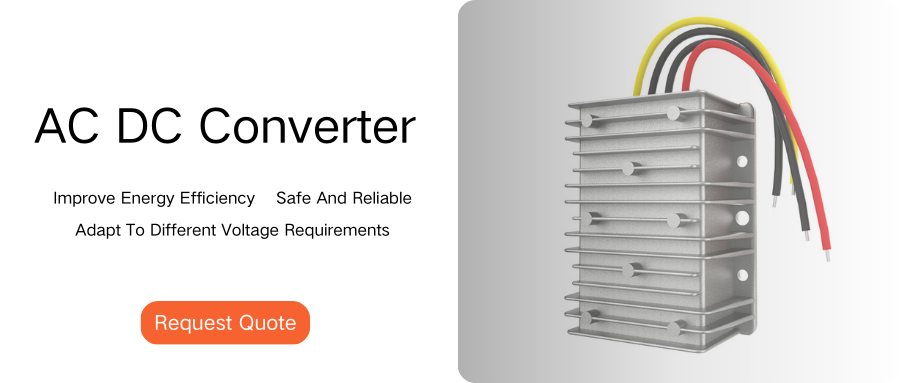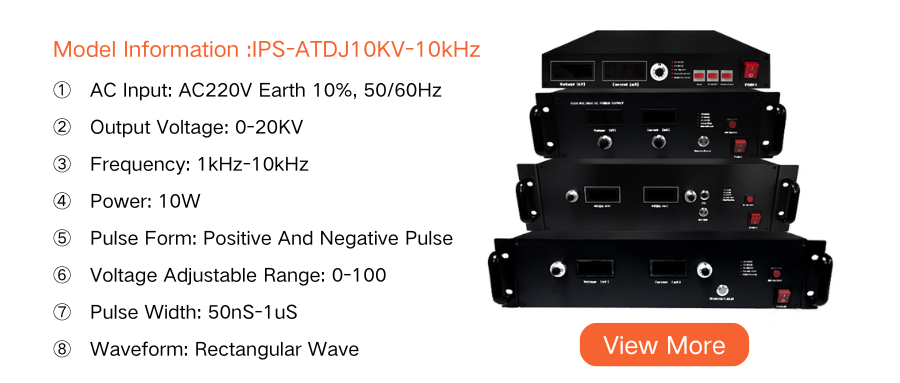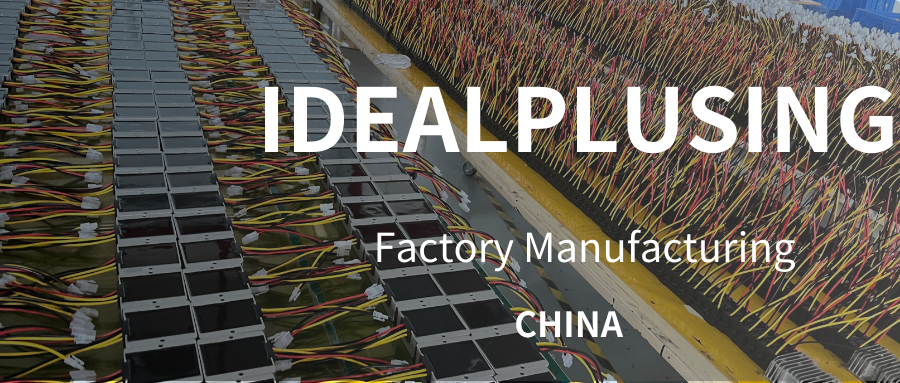
Why do we need to convert AC to DC?
Because most of the electrical appliances used are at 5v, 3.3v DC voltage, if AC is not converted to DC, the appliances will not work.
Why didn't the power supply station transmit DC directly at the beginning?
Because our electricity is usually in remote mountainous areas or coastal areas, AC voltage will be more advantageous when transmitted from these areas to urban areas.
Transmitting AC voltage through high voltage and low current can reduce transmission losses. High voltage electricity is converted to 220VAC in stages by the power supply station before being transmitted to the home.
What are the general ways to convert AC to DC?
Generally, there are two ways to convert AC to DC:
① Transformer conversion
② Switch mode conversion
How to convert and what is the principle of conversion?
① Transformer conversion:
1. Transformer conversion is to first convert AC high voltage into AC low voltage by a low-frequency transformer (because the frequency of AC high voltage is 50-60HZ).
2. Then convert the reduced voltage AC into DC through rectification.
3. However, since the DC ripple just converted is too serious, we need to find a way to reduce the ripple. At this time, we can use capacitor filtering to smooth the voltage.
Rectification method:
AC-DC transformer implementation method:
AD-DC transformer implementation method waveform change:
② Switching mode conversion:
1. First use bridge rectification to convert AC to DC
2. Then use capacitors to smooth the voltage
3. Then chop the DC voltage through the switching element
4. After the high-frequency transformer is stepped down, the chopped wave is converted into a square wave
5. Then use the rectifier diode to perform half-wave rectification on the square wave
6. Then use the capacitor to smooth the voltage and output the DC voltage
AC/DC conversion is widely used in various fields, from home electronic devices, industrial control systems, medical equipment systems to automotive system power supply, etc., through AC/DC conversion, AC power is converted into DC power suitable for various devices to meet the power supply requirements of different devices.
AC/DC conversion refers to the process of converting alternating current (AC) to direct current (DC). This conversion process usually requires the use of an AC/DC converter, which is what we often call a charger/charger.
A brief history of AC-DC development
The development of AC/DC can be traced back to the early 1970s, when switching power supplies began to enter the public eye. With the continuous development of new technologies, AC/DC converters have also been continuously upgraded, and can be mainly divided into the following development nodes:
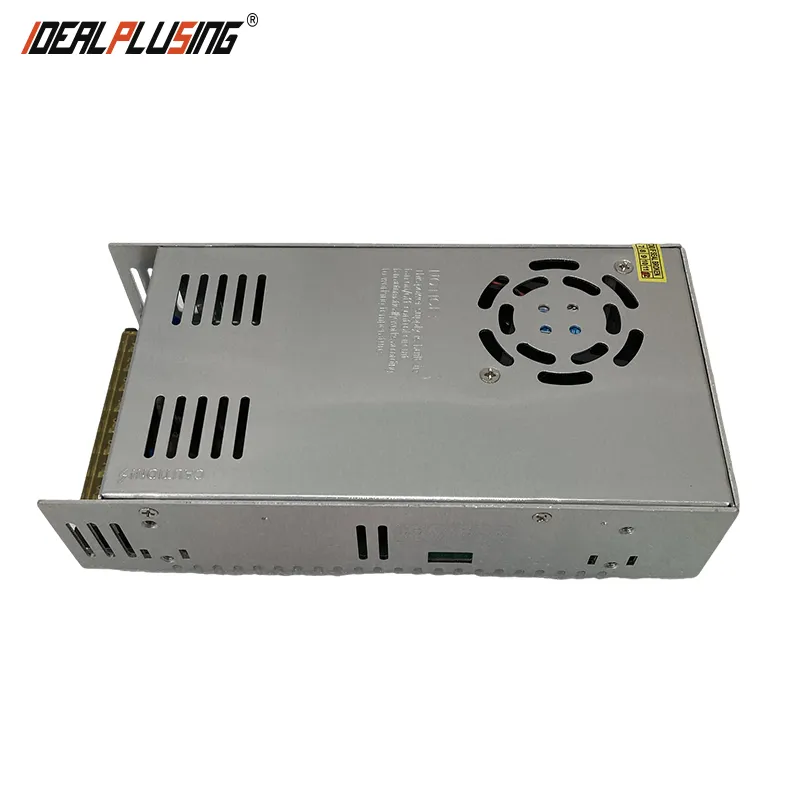
Ⅰ. The first generation of AC/DC converters, mainly linear regulator solutions.
The first generation of AC/DC converters has low power, and they are all direct step-down methods of linear regulators. Linear regulators achieve stable output voltage by consuming excess voltage.
When the input voltage is higher than the required output voltage, the linear regulator will dissipate the excess voltage in the form of heat energy, so it is also called a "linear" regulator.
This process makes the output voltage almost unaffected by changes in the input voltage, thereby providing a stable power supply. This method has simple functions, but low power, low efficiency, and high heat generation, and cannot meet the needs of high power and small size.
Especially when the input voltage is much higher than the output voltage, the efficiency will be lower. This is because the linear regulator must consume excess voltage to maintain a stable output voltage.
Therefore, the greater the difference between the input voltage and the output voltage, the lower the efficiency of the linear regulator.
However, it has the characteristics of small ripple and good performance, and is still used in some specific high-performance scenarios.
The common linear regulators on the market can be divided into several different types according to their working principles and application fields, including fixed positive/negative regulators, adjustable positive regulators, low voltage dropout regulators, etc.
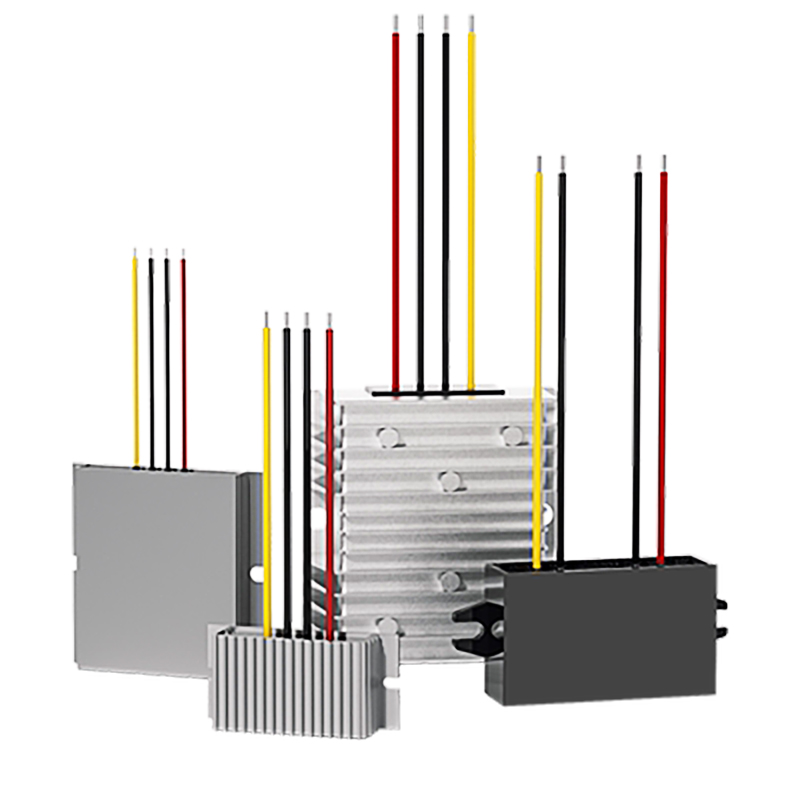
Ⅱ. In the 1990s, switching power supplies basically completely replaced linear regulators.
A switching power supply is a power supply method used to convert electrical energy from one power source to another voltage or current.
Its working principle is to periodically switch the input power supply voltage through a high-frequency switching device (usually a transistor or power MOSFET), and then stabilize, filter and adjust the output voltage through components such as inductors and capacitors.
Switching power supplies are usually more efficient than linear regulators. They can switch quickly between input and output to reduce energy loss. In addition, due to high-frequency switching and digital control, switching power supplies are usually lighter and smaller than linear regulators.
Ⅲ. After 2003, QR quasi-resonant flyback technology and super-junction high-voltage MOS replaced traditional high-voltage MOS.
QR quasi-resonant flyback technology is a topology widely used in power circuits that can be used to achieve high-efficiency power conversion.
This technology is based on quasi-resonant operation, which means that when the switch tube (usually MOSFET) is turned on, the switch tube will turn on at the bottom of the resonance valley to achieve a near zero voltage turn-on, which greatly reduces the turn-on loss of the switch tube, thereby improving the efficiency of the power supply.
At the same time, the frequency of the power supply can be adjusted according to the load demand to improve the light load efficiency.
Due to resonant operation and lower energy loss, QR technology is usually more efficient than traditional switching power supplies. This means that less electrical energy is converted into heat, so the power supply is more energy-efficient.
At the same time, the voltage change of QR technology is relatively smooth when it is turned on, which reduces the high-frequency noise generated by the power supply, reduces electromagnetic interference, and helps meet electromagnetic compatibility requirements.
Ⅳ. Since 2010, with the rapid development of the mobile phone fast charging market, AC-DC power efficiency and power density have been greatly improved.
Changes in market demand have accelerated the iteration of AC-DC IC product technology, with higher performance and integration.
The charging power has increased from the earliest 5W to 200W, the standby power consumption has increased from the initial 0.3W to the current 75mW, and the power density has increased from 0.2W/cc to 2W/cc.
The substantial increase in power density is inseparable from the help of the third-generation semiconductors. Gallium nitride is a typical representative of the third-generation semiconductor materials.
It can operate at a higher frequency, with faster switching speed and lower power consumption.
Around 2018, with the decline in the cost of gallium nitride devices and the improvement in reliability, the high-frequency switching performance and low on-resistance of gallium nitride devices have become the key technologies of the next generation of power adapters.
However, gallium nitride devices also have the characteristics of low parasitic capacitance. In the application scenario of high-frequency switching, the parasitic inductance in the drive circuit loop will form high-frequency ringing, thereby reducing the reliability of the device and exacerbating the electromagnetic interference problem of the system.
Ⅴ. In 2015, as iPhone supported the PD charging protocol, GaN fast charging historically improved the power density of power supply.
GaN fast charging controllers were widely localized. The unique differential drive technology optimized for GaN devices can directly drive GaN devices by adapting the drive voltage, and GaN power devices, drivers and controllers are highly integrated and integrated.
The connection wires on the circuit board are integrated into the package by sealing, reducing the impact of parasitic parameters on the switch.
These technologies not only simplify the design of peripheral drive circuits, but also improve the reliability of products and save costs, which can maximize the advantages of GaN devices.
At the same time, in the medium and high power market, energy consumption requirements have also increased further. Different manufacturers have launched a variety of new half-bridge soft switch topologies based on third-generation semiconductor GaN and silicon carbide to cope with high-power applications.
AC-DC Market Prospects
According to statistics and forecasts from research institutions, the global AC-DC chip market will reach US$31.184 billion in 2022 and is expected to reach US$63.749 billion by 2029, with a compound annual growth rate of 8.94% during the forecast period of 2023-2029.
In the global environment of emphasizing energy efficiency and reducing carbon emissions, AC-DC chips are crucial in energy-saving power supplies. Improving efficiency and reducing power losses during conversion have become the primary pursuit of the converter market.


